It's time once again for our regular Open Thread. Talk about anything you want that isn't culture war.
The RTW2 game has gotten to the point where writing it up and particularly pulling screenshots isn't really fun any more. I'm planning on posting March 1933 (already played) and then doing an epilogue where I play through 1950 and report what happened at a high level. After that, I'm considering doing something with Aurora, which nicely sidesteps the illustration problem because I can just upload the database and anyone who wants to check the game can install Aurora and open the database themselves.
But Aurora being free opens up other options. We could do a succession game, set in an unstable nation where the government is often replaced, and pass the database from player to player. I don't expect competent play from most people, but it will be amusing. Or we could try something else that I haven't thought of.
2018 overhauls are Secondary Armament Part 4, Going back to Iowa, The Washington Naval Treaty, Survivability - Flooding, my review of LA maritime sites and Falklands Part 7. 2019 overhauls are Riverine Warfare - China Parts two and three, my picture post on Iowa's officer quarters and JDAM.

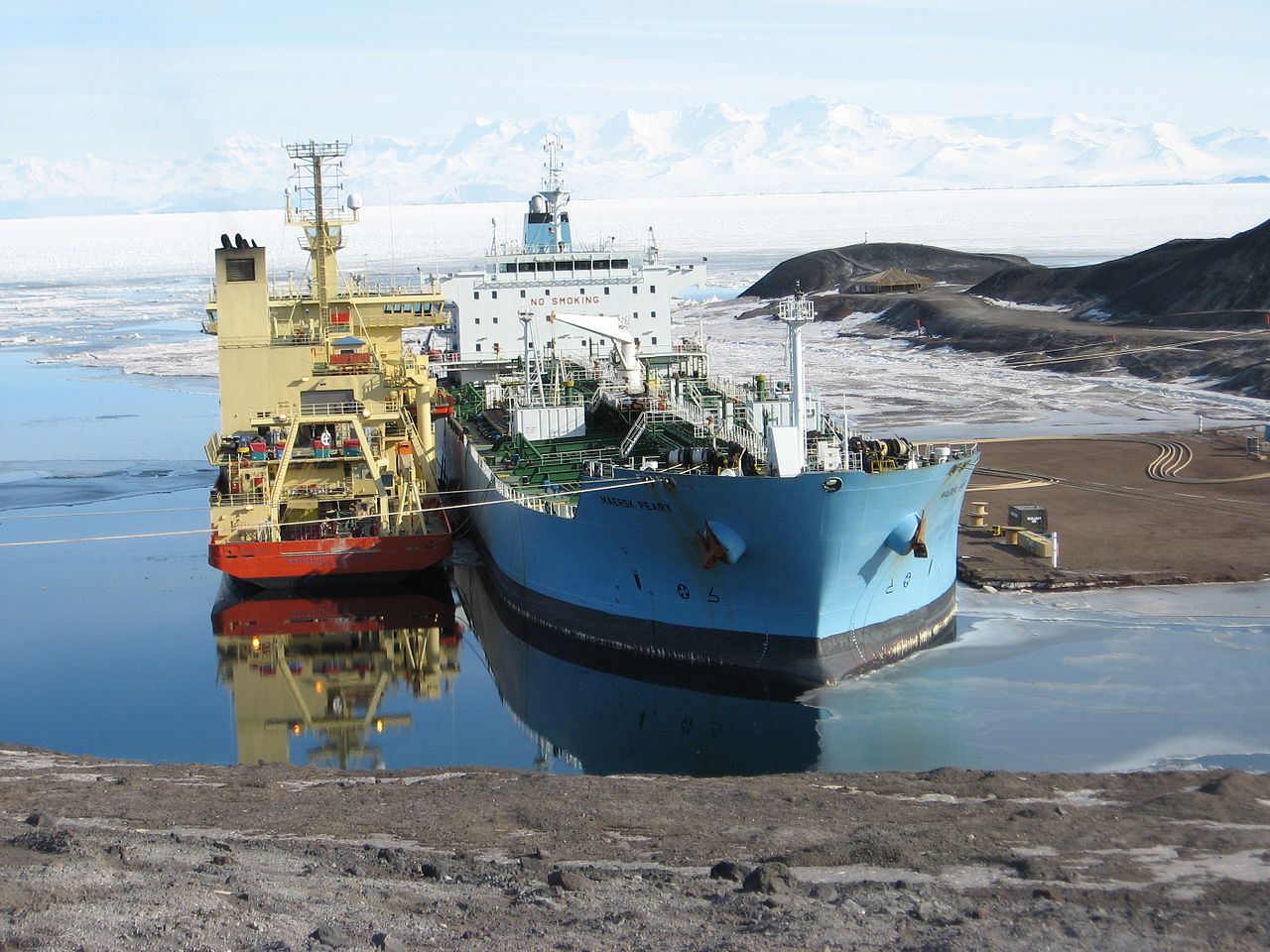
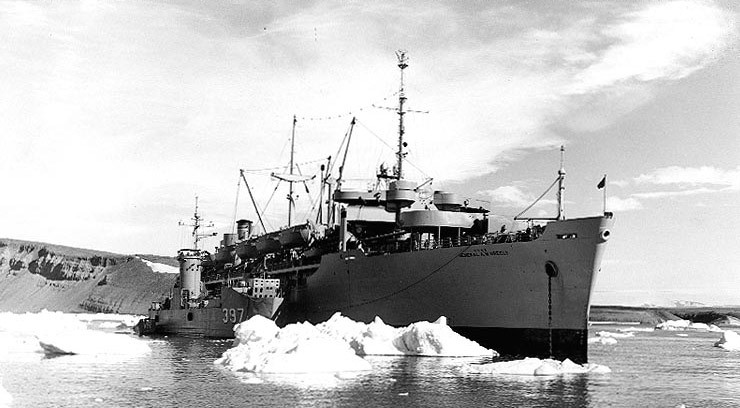
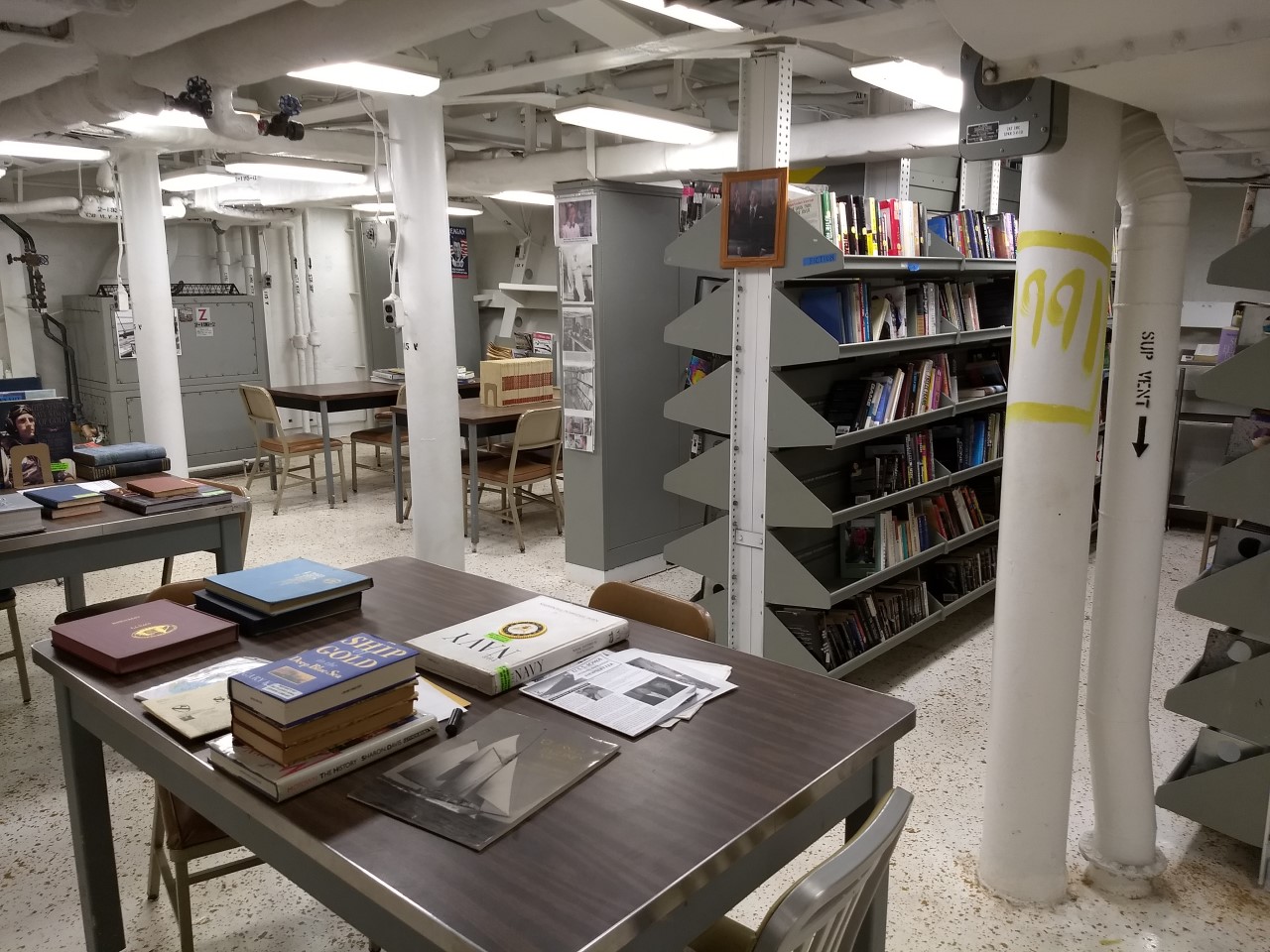
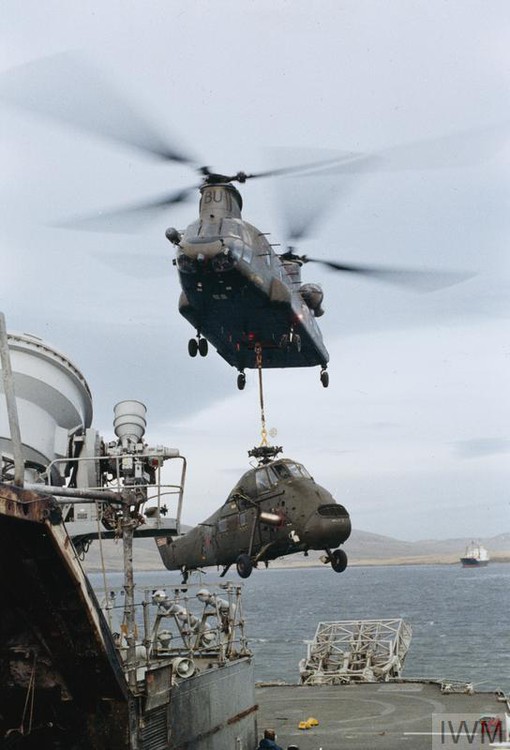
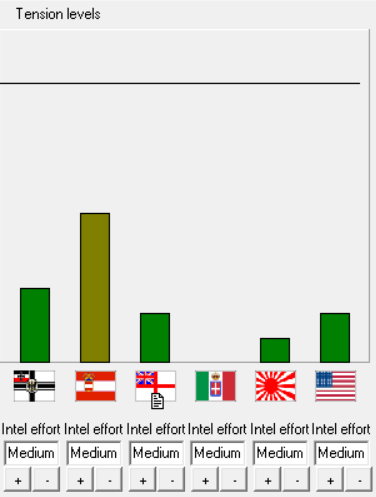
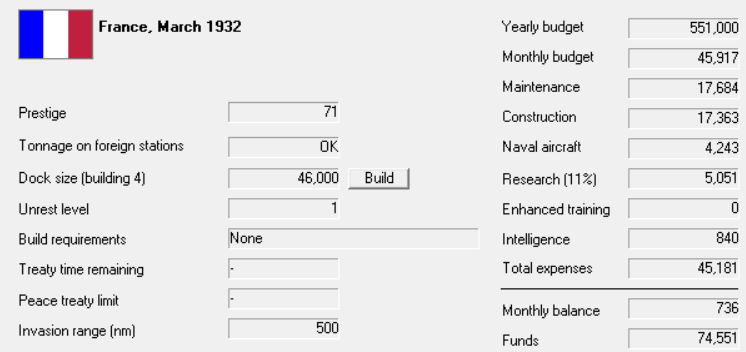
Recent Comments